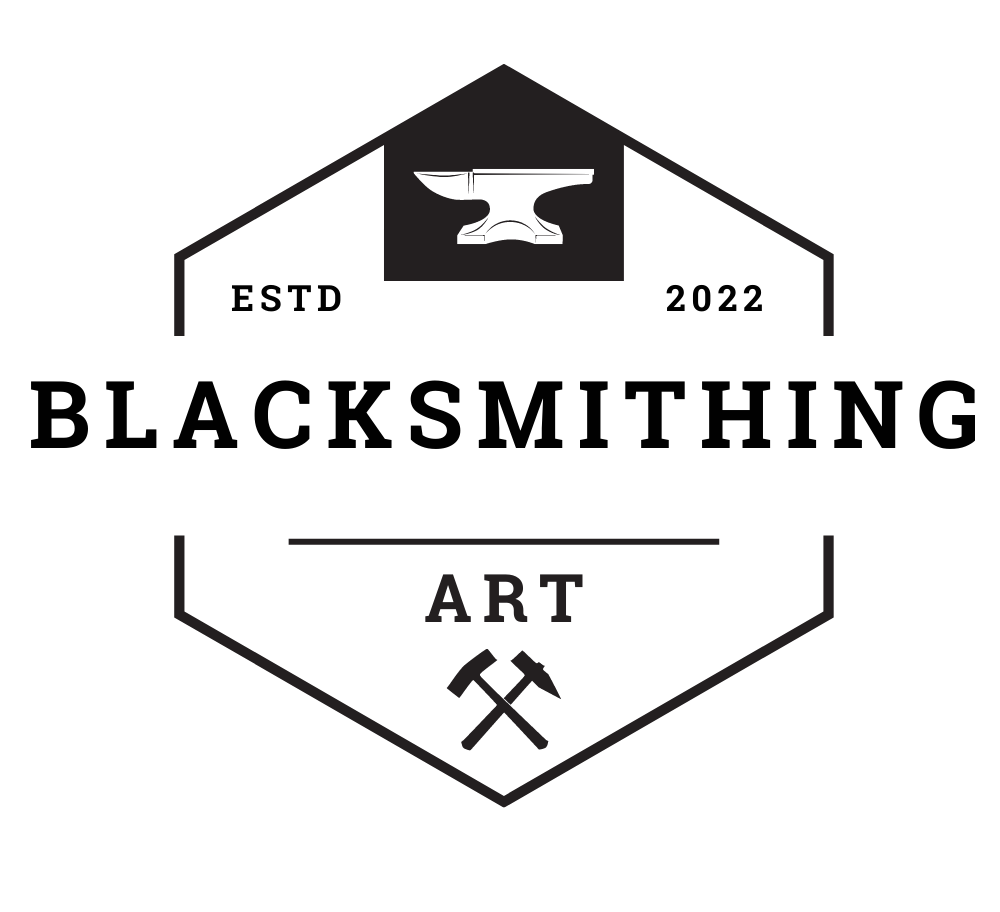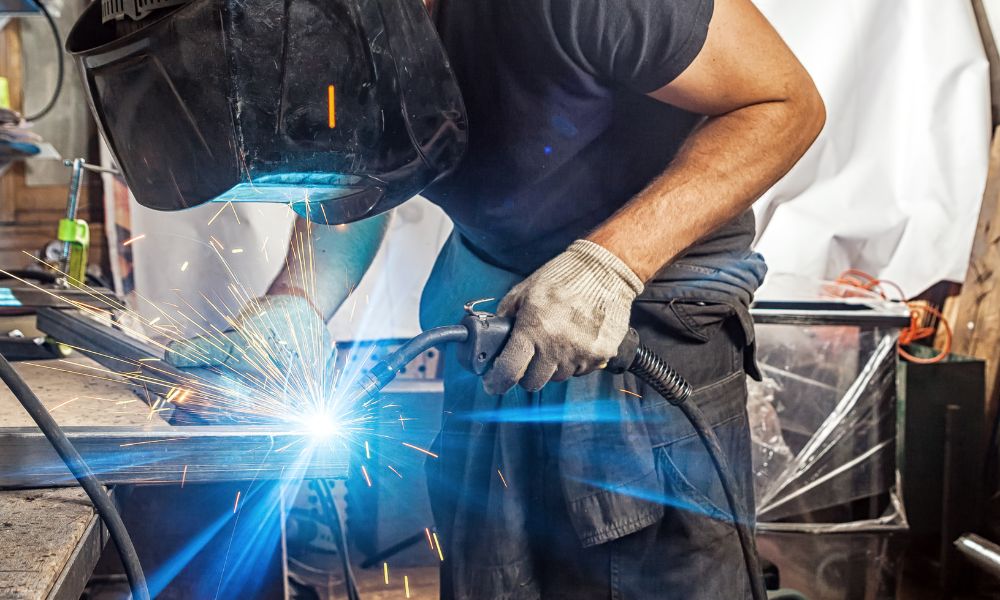The process of joining two pieces of metal can be various due to the instrument you use. Here you get the point on what kind of welding process you’ll need to choose.
The article will show the various compare of welding processes and provide you with information about making the right choice that is based on your goals.
[NOTE] Stick welding is not considered here.
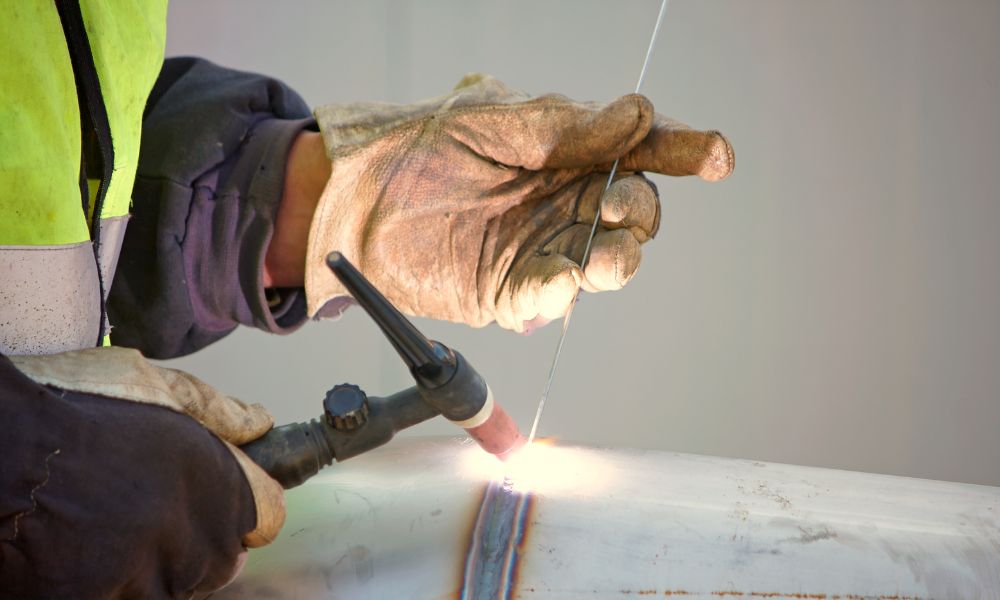
Contents
The concept of MIG welding. Complete breakdown
Do you know the abbreviation GMAW? This is the second name of MIG welding that you can see in various tutorials. It can be implemented in these ways:
- Semiautomatic. Humans partly control the MIG welding (only gun direction). Electrode wire feeding is executed by equipment.
- Machine welding. A person does not fully participate in the process. Manipulator, where a welding gun is placed, moving by a human operator.
- Automatic. Sensors work without human participation. Gear controls the whole MIG welding process—for example, gun alignment.
In general, MIG uses an electric arc between a continuous, expendable electrode wire and the metal being welded. Additionally, a shielding gas secures the arc. You can understand this thing from the name. It is a metal-inert gas, carbon dioxide. TIG welding uses tungsten inert gas.
MIG welding is widely used in various applications
In most cases, this type is used because beginners can be easy to learn. The time taken is also comfortable because of the pleasant proportion of speed and efficiency.
- Repair some things at home. If metal furniture is broken, the most popular way to solve a problem is MIG welding. Also, some metal tools, gates, and fences can be easily corrected.
- MIG welding can be used for a large number of different DIY projects, such as building a custom smoker or metal grill. Additionally, some transport parts can be modified. For example, a bicycle frame.
- Manufacturing with MIG welding. MIG welding is popular for creating components for buildings, joining pipes together, and production of equipment.
Additional information
For further details on the topic, please read this short section.
- For a beginner, it is crucial to determine what consists of a wire electrode and its parameters. The resulting MIG welds strongly depend on this.
- MIG welding uses a consumable wire electrode. This feature makes it a faster process for a MIG welder than TIG welding.
- A MIG weld requires clean-up after work because of the wider bead compared to TIG welding.
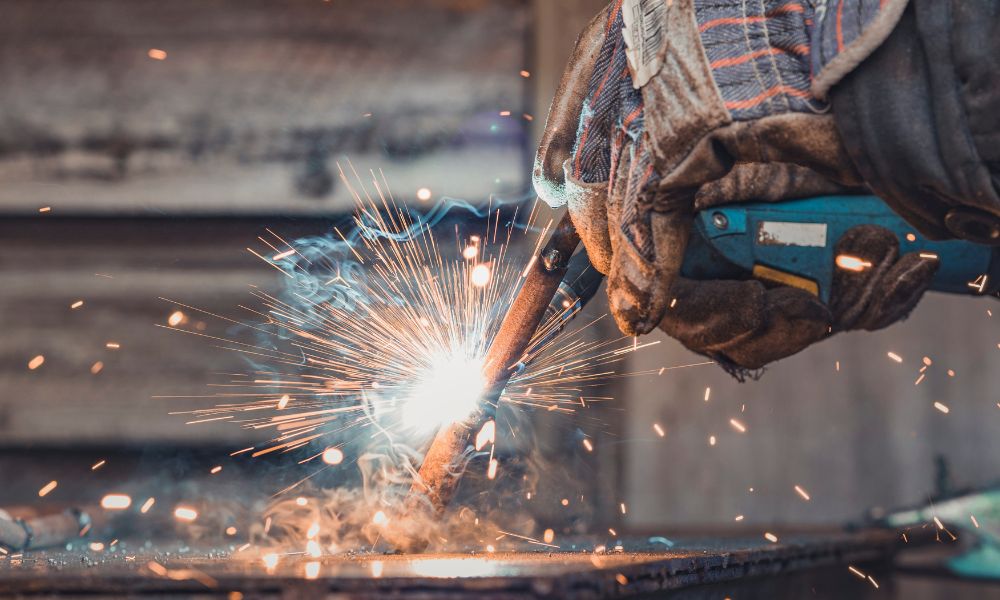
The concept of TIG welding or Gas Tungsten Arc Welding
An advanced professional calls this welding process GTAW, but we will use a simple TIG abbreviate. It requires human participation. In TIG welding, an electric arc is created between the tungsten electrode and the metal being welded.
The person must be a powerful, skilled, high-quality TIG welder because he uses hands and a leg to control heat energy.
TIG welding involves a non-consumable tungsten electrode. The purpose of this decision is to produce an electric arc. During the process, the arc will melt the base of the metal.
The tungsten electrode is connected to the negative terminal of the welding machine. The welder needs to press a foot pedal to create an arc between the metal and the electrode.
[NOTE] Electrode is melting while worker welding. The filler material is added manually by a human using a filler rod. The purpose of this decision is to increase control over the welding process.
What kind of work can be done using a GTAW
When precision and control are important, GTAW is the best. People use it in:
- When the filler material is aluminum or magnesium because TIG welding has wider material diapason.
- Work must be perfect with a beautiful and quality weld.
- Thin materials. HAZ (heat-affected zone) area is much smaller. As a result, they’re less percentage of materials warping and distorted.
- Welds are difficult to execute. As was described earlier, precise control is the key difference of TIG. Welders can reduce or increase heat or filler material, which helps to perform work of complex shapes or designs.
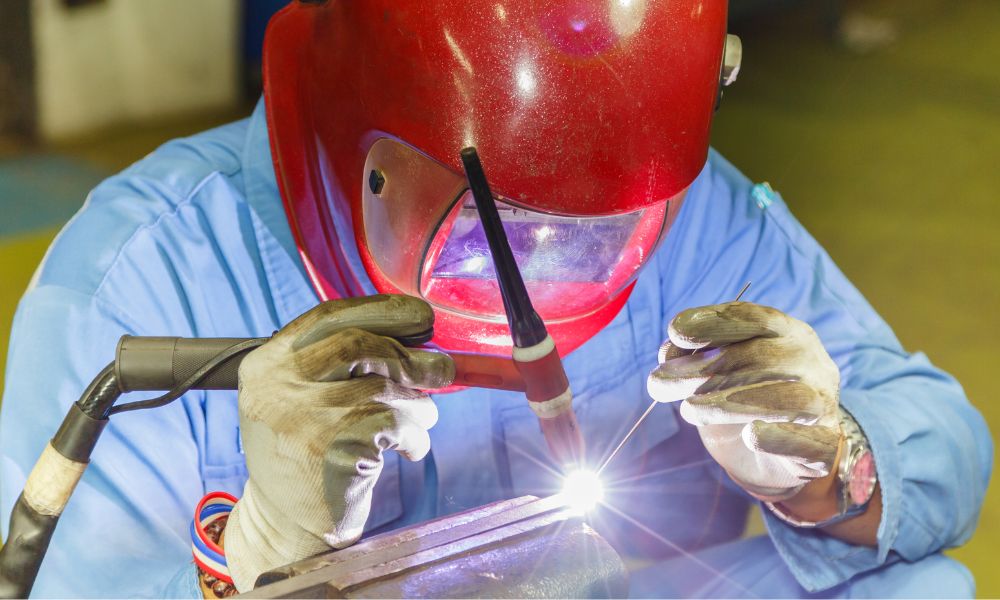
The key difference between TIG and MIG welding
Let’s analyze a process in the cases of:
- Process
- Complexity
- Weld quality
- Cost
- Applications
These factors are crucial in determining which process is the most reliable for a job. By short analyzing them, you can get a mind map of how to do your specific task.
Process
In the Gas Metal Arc welding concept, you can see that the process can be fully automated. TIG welding requires a person who will provide the whole work. The operator controls heat intercity and the amount of filler material that will be added.
Complexity
In TIG welding, the master requires high concentration and power. TIG is more challenging for beginners who are just learning how to weld. In this aspect, a beginner can make a lot of errors.
The beginner-friendly welding type is MIG welding because don’t require any skills. The wire feed system automatically feeds a wire electrode into the weld pool.
This feature makes this welding lighter to learn and do a job because the equipment can automatically take part in the work functions.
Weld quality
Let’s research MIG welds and how they are similar to or differ from TIG welds. All in all, TIG welds are more beautiful with a smaller weld pool and produce less spatter. Quality and durability are also at a high level. MIG welds require some actions. For example, a MIG welder needs some cleanup after the work is done.
Cost
Despite the less appreciation look of MIG welds and a larger weld pool, MIG welding is cost-effective (CO2 as a shielding gas is less expensive than argon-based gas). TIG welding, in all cases expensive. There are some reasons:
- Equipment cost: TIG torch, tungsten electrode, and a high-frequency unit have a larger cost on the market.
- Skill: to be prepared for work, a person must have a lot of experience to become a skilled TIG welder. This requires some resources, such as teaching with experienced welders. If you do not need to be learned, hire someone to do the welding.
- Cost of the materials: the filler rod is much more expensive in the marketplace than a wire in the MIG alternative.
Applications
Welding thinner metals needs TIG welding, which can do it because its purpose is precision work. The TIG process is also used in hard projects such as aerospace. In projects where a heavy material or mild steel is used, MIG welding must be used.
Be sure that you know what mild steel is. In the future, it can cause problems if there is no understanding of the target material. If the target material has less than 0.25% amount of carbon, use the MIG process.

About the similarity of TIG and MIG welding
Here are four categories in which cases similarities will be shown:
- Process
- Equipment
- Safety
- Versatility
Process
Both MIG and TIG welding can be named arc welding. This feature for welding is the key characteristic of TIG and MIG welding and how they work.
Why is an arc welding more relevant compared to others?
The equipment is portable, and this advantage provides an opportunity for the MIG welder to work in situations when the target is far away from the workspace. The complexity of the welding process does not change.
Gear
A couple of tools provide the MIG and TIG welding process:
- Source. Provide an electric current to create an arc. Here are various sources, such as generators or transformers.
- Wire feeder. The tool for feeding an electrode into the weld pool.
- Welding torch. Provide the shielding gas flow onto the weld pool and control the position of the electrode.
- Pressing it during MIG welding contains a trigger for activating the wire feeder.
- In TIG, it holds the electrode and manually allows filler material to be added using a separate filler rod.
[NOTE]: welding torch in the case of TIG and MIG welding is not a flame source.
Safety
Safety during the welding process requirements is the same.
- Protective cloth. A helmet with a filter lens and flame-resistant material cloth, boots, and gloves are necessary. The reason is intense heat and bright light that can easily blind a worker.
- Electrical safety. The welder works with a high electric current, which is dangerous. Equipment is always grounded, and instruments are isolated to avoid electrical shock.
- Proper ventilation. During the process, dangers for human life gases are produced. Exhaust systems are one of the most important criteria for safety work.
- Fire prevention. During the welding, many sparks and hot metals can start a fire. The problem-solving is to keep the work area without flammable materials and have a fire extinguisher near it.
- Eyes protection. The intense light is caused eye damage if protection is not used. A helmet with special lenses can prevent light influence on the worker’s eyes.
- Noise protection. During welding, high levels of noise can damage hearing ability. A big part of people often takes no precautions in this case. Wear special earplugs to protect yourself from loud noise.
- Hazardous materials. Welding involves working with dangerous chemicals. For each element, the welder has an instruction. Read it carefully and follow all instructions.
Let’s get some conclusion because do not neglect safety. Follow these safety bits of advice to ensure that you stay safe and avoid significant injury. Or contact a professional to give you a personal safety manual and recommendations.
Versatility
All metals, such as aluminum or copper, can be welded by both welding processes. However, pay attention to the thickness of the welded material. The choice will mostly depend on this key factor.
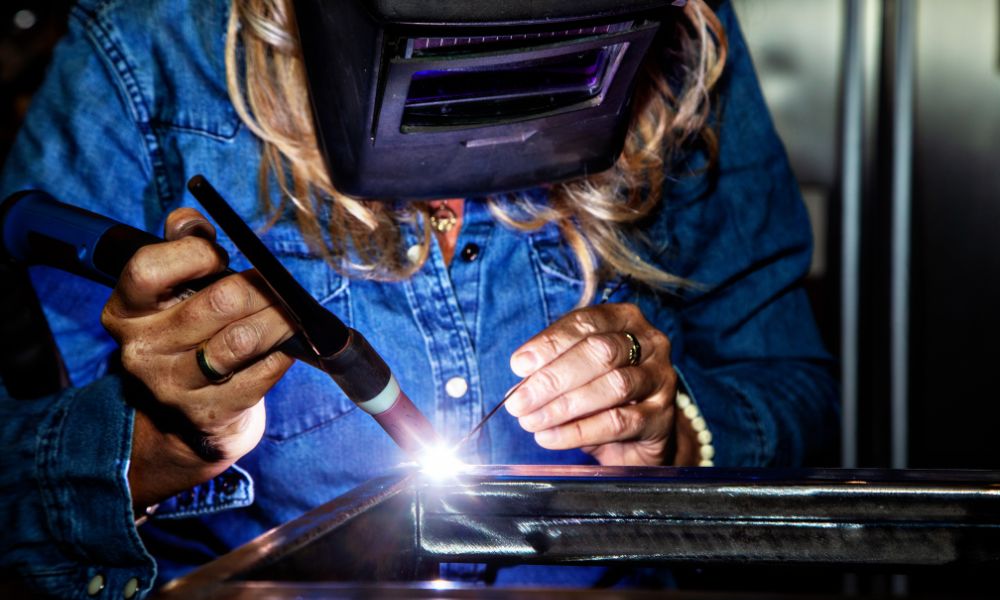
Other useful information
This section gives additional information that can be used for choosing the right option. Look here if the information in the main part of the article is not enough to make a decision.
And I strongly recommend you do self-research in case of your narrow welding purpose, as specific tools or techniques may be better suited to your particular application. Additionally, it’s always a good idea to consult a professional welder or welding supplier who can provide expert advice and guidance on which tools and techniques will work best for your needs.
MIG vs. TIG welding: work speed
This parameter is important because sometimes time is more valuable than quality. Let’s see the MIG vs. TIG welding competition.
In the TIG process, humans do the work slowly, but the quality is higher. TIG welds are attractive, and there is no need to clean up the workspace afterward.
MIG welding has a wider bead and, as a result, provides a rapid process.
Position
You might not have thought about it, but the position is important, too, because it affects the quality and consistency of the weld.
MIG welding is usually used in the flat position, while TIG welding is universal because it includes overhead and vertical positions. This is because the weld pool is small and precise.
In this MIG vs. TIG welding battle, TIG welding gets the point.
MIG vs. TIG welding: pools
The weld pool is an area that appeared due to welding. The size or shape depends on the method that was used.
MIG welding has a wide and large pool because of the consumable electrode. The electrode is fed continuously into the weld pool, which creates a more fluid pool that fills the gaps.
The TIG pool is small because, in this process, people usually use a non-consumable tungsten electrode that does not melt.
Shielding gas
The significant thing about welding is that shielding gas is present in both cases. For example, in TIG welding, pure argon gets the role of shielding gas because it provides a lot of benefits:
- Good weld quality.
- The incredible stability of the arc.
Overall, shielding gas protects the weld from destruction. The choice of shielding gas depends on the material being welded.
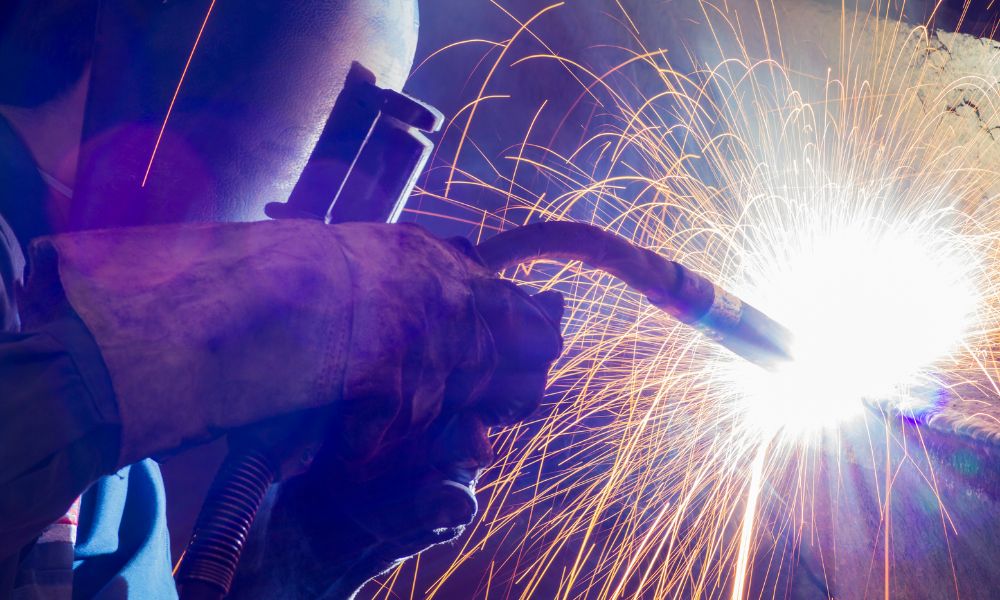
Perhaps you will be interested in an article on the topic “Can you weld rebar“.
Freely Asked Questions
Is MIG or TIG better for beginners?
Most people with any welding experience ask that it is MIG welding.
In the description of MIG welding, you can see that nowadays, people can use it in semiautomatic mode. For MIG welders, no need to be professional, as opposed to experienced welders who operate with TIG welding.
What is the main difference between MIG and TIG welding?
TIG welders will have better results because TIG welds are usually of higher quality.
TIG welders do the whole work manually because TIG welding cannot be automated. In contrast, MIG welders can make work easier with equipment that can take some parts of the work.
What is TIG welding best for?
With TIG welding, work becomes easier if thin materials need to be joined. Remember that the filler material is also important; TIG welding typically uses aluminum.
[NOTE]: in TIG welding, filler material is usually the same as the metal you processed.
Is TIG welding harder than MIG?
If a person has no experience in welding at all, the MIG will be an easier option. Why? The MIG process, in contrast to the TIG, does not require specific skills. TIG welder works using their arms and a leg always, which can lead to afraid people. TIG welding equipment is heavy.
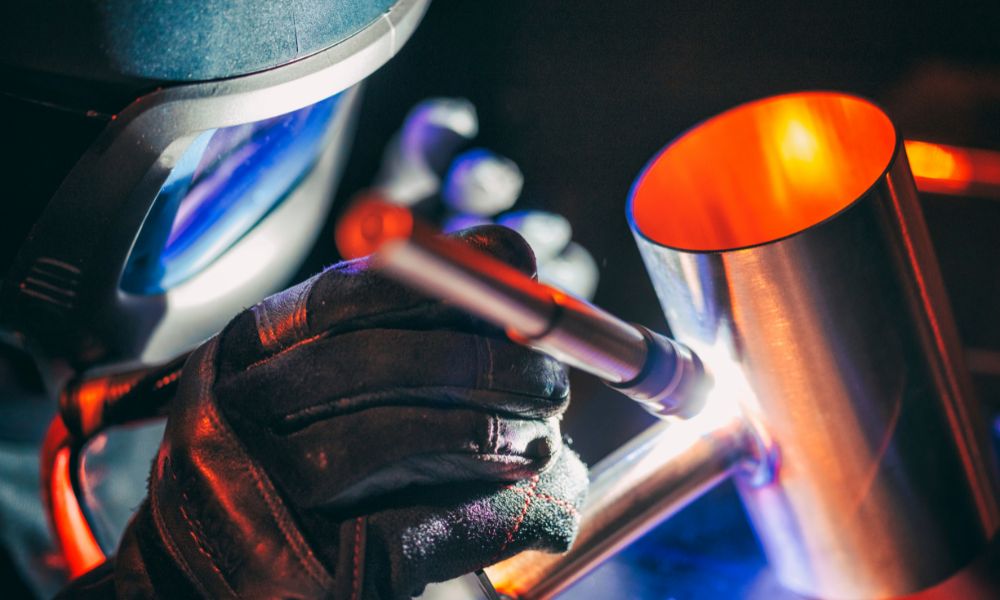
Conclusion
I hope that the MIG vs. TIG welding article was informative for you as a beginner, or you get something new as an advanced user. However, keep in your mind that the right decision depends on a large number of factors that are individual for each purpose like the material being welded and the skill level of a person. In the article, we analyze topics about:
- Inert gas and purpose in the welding
- TIG welding
- MIG welding
- Filler material
- Compare MIG and TIG welding
Both processes have their own unique advantages and disadvantages.
MIG is well-suited for heavy materials. Also, it is less expensive because it requires less specialized equipment. And appears to be a need for cleanup after the weld because of a significantly huge amount of spatter.
The TIG variant, on the other hand, produces high-quality welds and less spatter, well-suited for work with not thick materials, but speed is much slower and requires a high level of skill. Also, equipment is expensive.
All in all, if you are a beginner or want to unite not-thin materials, MIG welding is the best option for you for a couple of reasons, such as cost. MIG weld is adequate for most cases and recommends a wide range of applications.
TIG welding requires a narrow purpose and some skills, and filler material has a wider range to choose from. And please take care of your safety. One mistake can cause irreparable damage.
